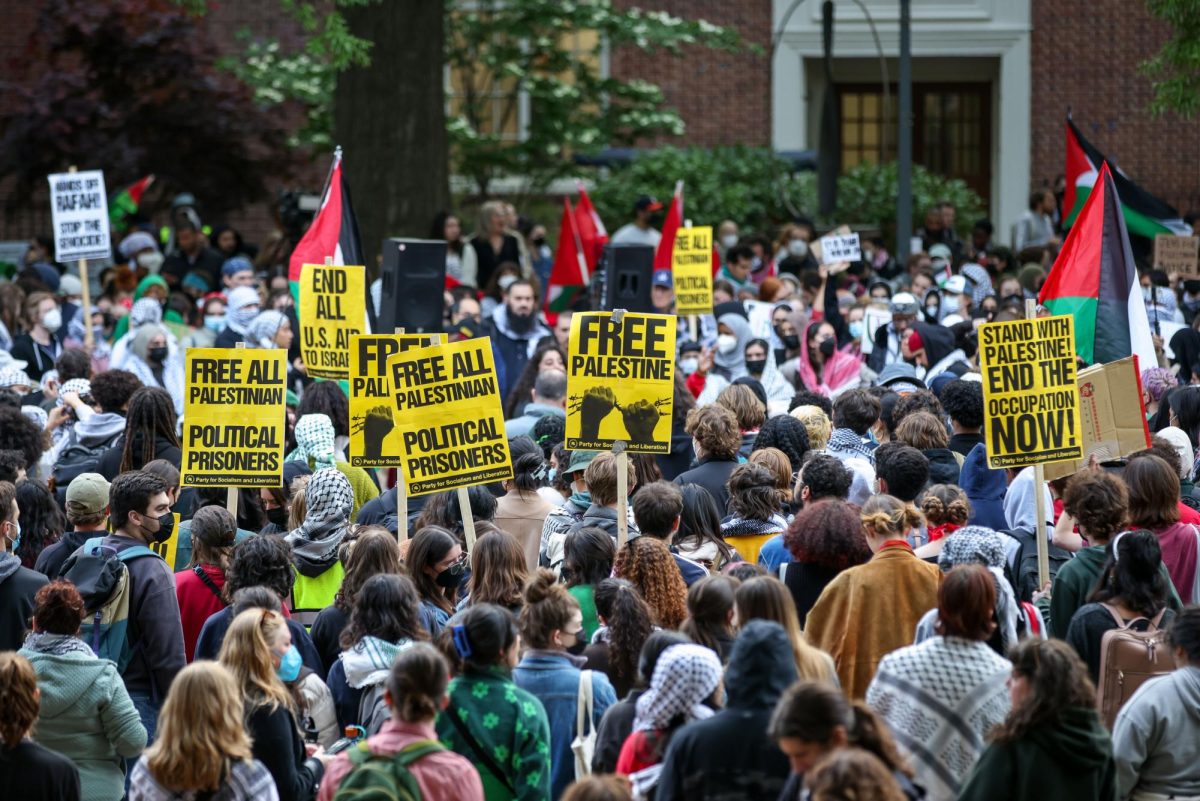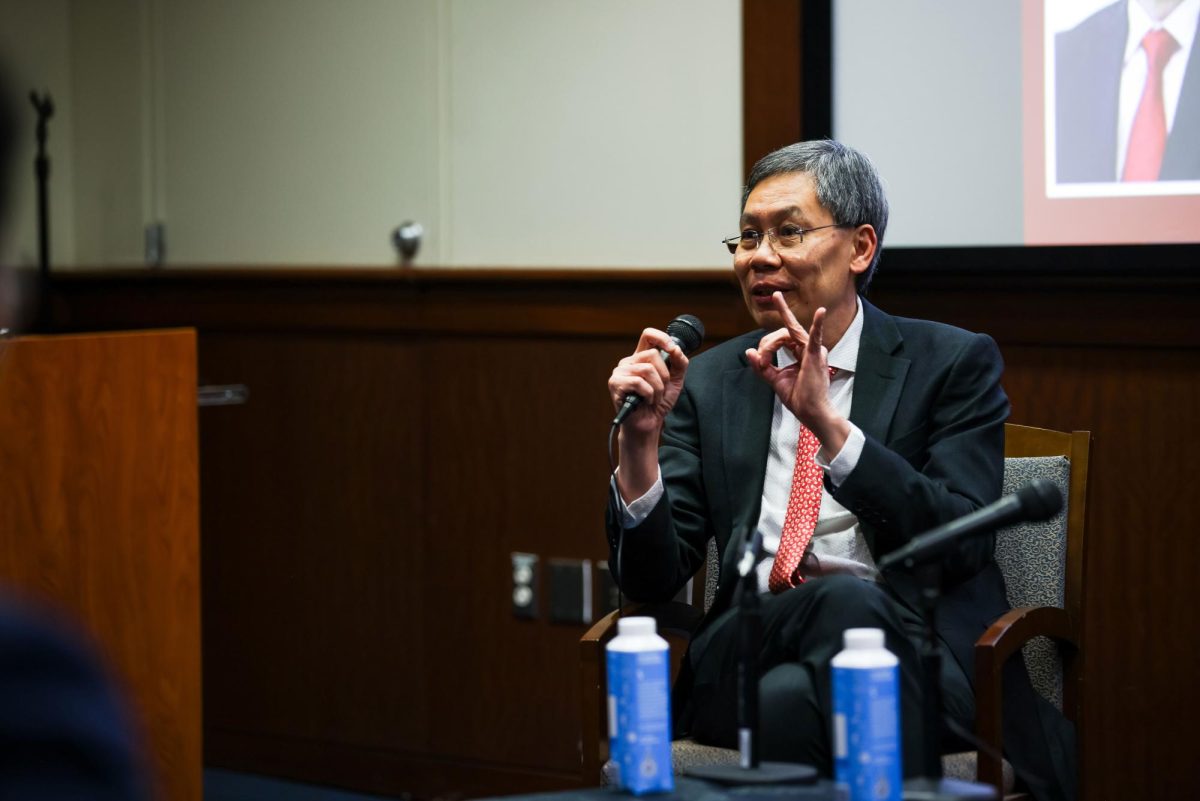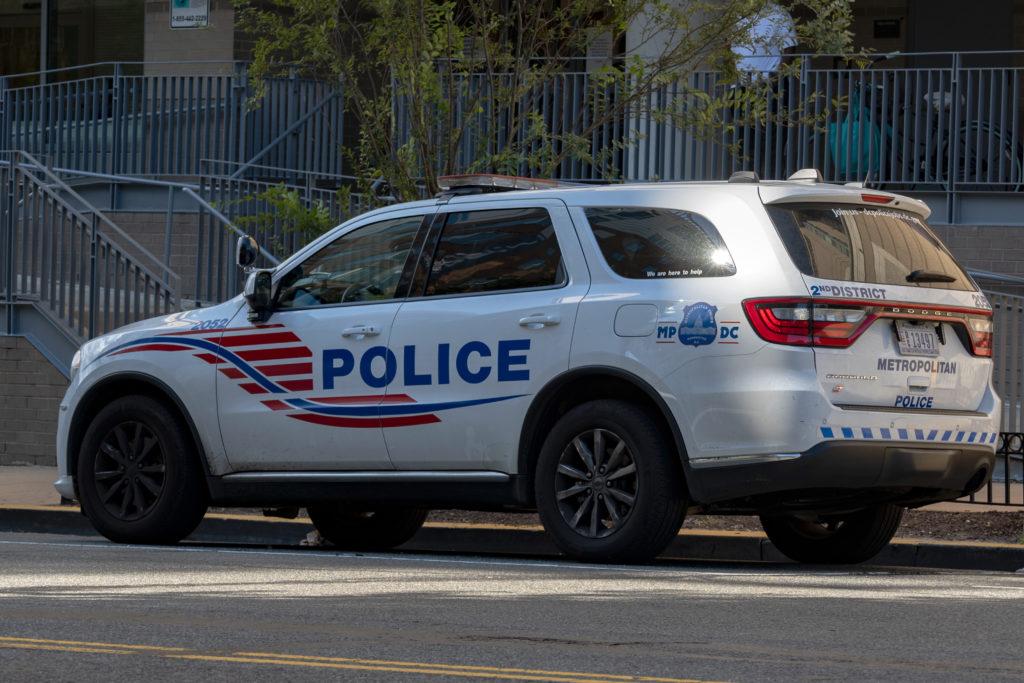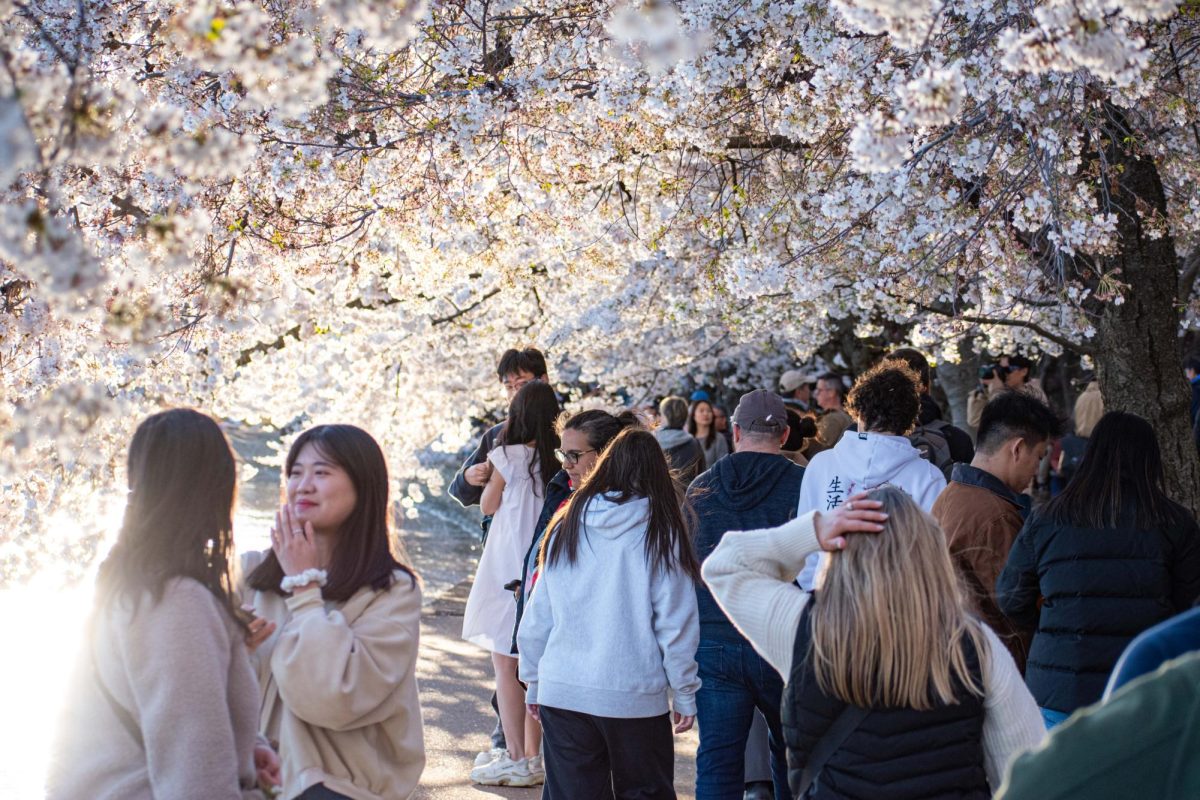I was five years old on a Sunday night many years ago, when my father asked my brother and I to watch a television program with him. I can remember my amusement at people literally being sprayed down a city street by fire hoses.
My brother and I laughed, but were quickly silenced when our parents informed us that there was nothing funny. My smile quickly turned to horror at the sight of Emmett Till’s body. I didn’t think it was a body, it looked like a monster from that “Thriller” video that everybody seemed to love at the time.
Now, at age 22, I still feel my heart plunge when I look at pictures of this 15 year-old boy’s corpse. A few weeks ago, I attended the closing symposium of the “March on Washington: Looking Back, Moving Forward” exhibit. The exhibit was based on the papers of the Rev. Walter Fauntroy, who was responsible for coordinating that historic march in 1963.
People I have read about and watched on “Eyes on the Prize” documentaries were standing in front of me, urging my generation to reach back and grab the baton that “The Struggle” was trying to pass on. Civil rights leaders such as Andrew Young, Dr. Dorothy Height, Dr. C. Delores Tucker, Mayor Barry, James Lewis, Wyatt T. Walker and Rev. Fauntroy, to name a few, shared their views on what started and resulted from the 1963 March on Washington.
Can you imagine the shame I felt when I had to ask who a certain person on the program was? Can you imagine how confused I was that I had never heard this man’s name before? I graduated from college last May and can tell you all about keeping a psychology experiment valid and how to do a Between-Subjects Anova. But I can’t identify someone who made it possible for me to register to vote four years ago.
I can remember that 10 years ago, in order to learn about great African and African-American leaders in science, math and literature, I had to read books outside of my English classroom and watch documentaries that came on maybe once every six or seven months. What was anger 10 years ago simmered down to acceptance of “That’s how things are in America.” But is that right?
I may be upset about not learning about more African-American and African leaders in the classroom, but at the same time, I cannot recall learning about any Hispanic leaders, Asian leaders or North American leaders.
After that question ran through my head, I realized that by attending the symposium, I was willingly stretching my hand back to grab that baton from the activists who put their necks under the guillotine, just so I could vote Nov. 3. It seemed to me that the underlying message of the symposium was for “Each one to teach one.”
It would be a cop-out to sit and wait for Martin Luther King III to write to me and tell me what his father meant to him. Now, after the symposium, I find it unacceptable to be dormant and wait for anyone to teach you your history. There should never be a time when I have to look at a speaker biography to find out what a certain civil rights activists did.
I am a firm believer in the universal law of “what you give, you get back tenfold.” Today, I choose to give myself an unlimited amount of resources and knowledge about what went on 30 years ago and how it is trying to resurface in 1998. I choose to know about every person who opened his or her mouth during the civil rights era and died for it. For to ignore them would be to ignore myself and all the people who have made me what I am today.
I thank Ms. Francine Henderson and the Rev. Fauntroy for awakening me past my “Soul on Ice,” “The Fire Next Time” and “No More Lies” books. It’s almost as if my deceased grandparents were whispering in my ear, “Little sister, this is good, but there is so much more.”
I thank God that I have heard them finally.
-The writer is a University staff member.





